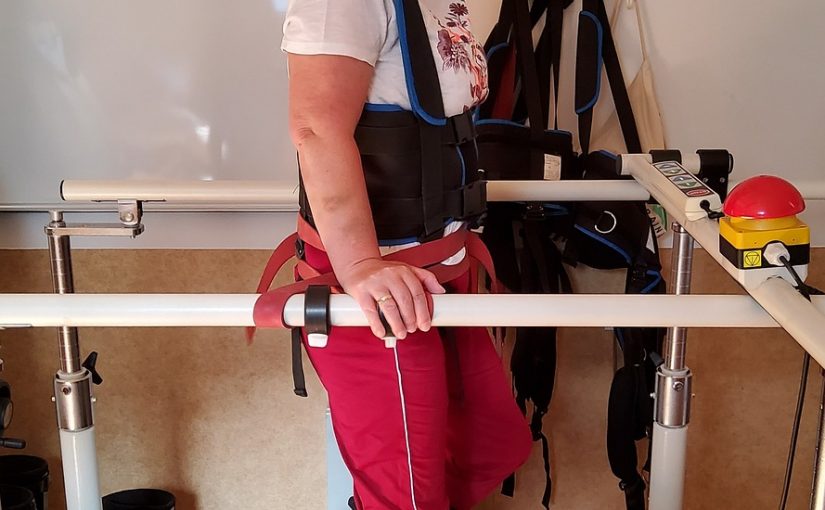Acquiring a brain injury can be a life-changing experience. It can happen to anyone, at any age, and at any time, leaving them with disabilities that may be temporary or permanent. Whether it is the result of a car accident, a stroke, or a sports injury, the road to recovery can be long and challenging. For those who seek acquired brain injury rehabilitation, it is possible to regain a sense of control over their lives and rebuild their future.
The rehabilitation process is designed to help individuals who have suffered a brain injury, as well as their families, cope with the emotional, physical, and cognitive challenges that come with it. The recovery process can be a slow one, but with hard work, patience, and determination, it is possible to make progress.
The rehabilitation process begins with an evaluation to assess the person’s needs. This may include a review of their medical history, cognitive testing, and an assessment of their physical abilities. Based on the evaluation, a customized rehabilitation plan is created that focuses on the individual’s goals and needs. The plan may involve therapy sessions with various healthcare professionals, such as occupational therapists, speech therapists, and physical therapists, to help the person regain their independence.
Occupational therapy helps individuals to relearn how to perform everyday activities, such as grooming, dressing, and eating. This type of therapy also helps them to improve their memory and concentration skills. Speech therapy helps individuals to overcome communication problems, such as difficulty speaking or understanding speech. This type of therapy may also help with cognitive rehabilitation, which involves methods to improve memory, attention, and problem-solving skills.
Physical therapy can help individuals to rebuild their strength, coordination, and balance. This type of therapy may also involve exercises to improve mobility, flexibility, and endurance. Therapy may be offered on an outpatient or inpatient basis, depending on the severity of the injury.
Rehabilitation is a team effort involving the individual, their family, and healthcare professionals. It is important for the individual to have a support system in place to help them through the recovery process. Family members can help by being supportive and encouraging. They can also help with daily activities, such as cooking, cleaning, and transportation to therapy appointments.
Acquired brain injury rehabilitation is a long-term process. It can take weeks, months, or even years for an individual to recover, depending on the severity of the injury. It is important for the individual to be patient and persistent, and to celebrate small victories along the way.
It is crucial for individuals to take care of their overall health during the recovery process. This includes getting enough sleep, eating a balanced diet, and staying physically active. It is also important to avoid drugs and alcohol, as they can interfere with the recovery process.
In addition to rehabilitation therapy, there are other resources available to individuals and families who are coping with an acquired brain injury. Support groups can provide a sense of community and understanding that can be helpful during the recovery process. These groups are often led by healthcare professionals and may focus on specific types of injuries, such as traumatic brain injury or stroke.
Acquiring a brain injury can be devastating, but there is hope for recovery. With the help of acquired brain injury rehabilitation, individuals can regain their sense of self and achieve their goals. The process may be slow and challenging, but with hard work and the support of loved ones and healthcare professionals, progress can be made.
